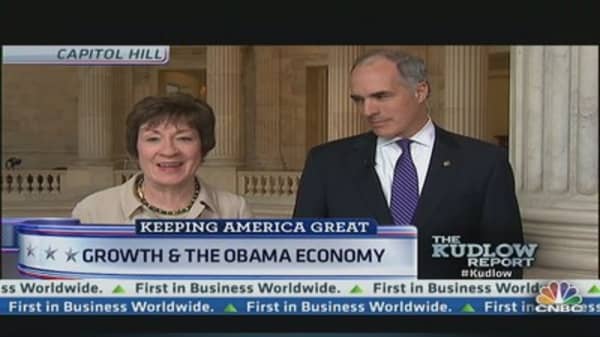1. Learn from mistakes you made the first time around.
After a decade of working for Marriott Hotels and boutique inns, Brian Sheehy kicked off his dream in 2002: He bought a bar in San Francisco. While he and his business partner were successful at turning their tiny bar, Anu, into a hospitable, busy hub of the city's then-escalating DJ culture, Sheehy admits to making a few mistakes. No. 1: Location.
"We could only afford to be in the really challenged part of town," said Sheehy, who decided that the bar's $25,000 price tag outweighed the negatives of its address, which was at the edge of one of San Francisco's most crime-riddled neighborhoods, Skid Row. "The second time around, we decided that if we had to wait five years to get the perfect location for our bar, we would—we wanted to be in a part of town where we didn't have to beg people to come."
A year later, Sheehy bought the lease of a bar that was going out of business a couple of blocks off Union Square, the heart of San Francisco's shopping and hotel districts. For the new bar — Swig — Sheehy took care to avoid the small-scale things they did wrong at Anu: this time, he stocked the right type and amount of glassware, sourced local craft beers and handmade cocktail recipes and hired personnel who were keyed into customer service.
Although Sheehy had to take on a third business partner to make the expansion possible—Doug Dalton, former tech entrepreneur—Swig hit big, and taught Sheehy the formula that would make future growth work: Place his bars within walking distance of hotels, so customer traffic on weeknights isn't dependent on locals. Today, Sheehy's empire, under the moniker Future Bars, comprises five upscale places, including Bourbon & Branch, a speakeasy-style bar that launched in 2006, and Local Edition, a lounge that opened last year. Combined sales from the bars total more than $10 million.
Sheehy recently closed Anu. The neighborhood is still bad and the bar no longer fit the company's image. (They still have and will use Anu's liquor license as per SF/CA law; they are in the process of scouting a new location for a new bar with the old license.) "[Closing it] was sentimental," he said. "We were attached to it, it was doing well. But it became an embarrassment to have hotel guests go to Swig, then to Bourbon & Branch and then ask them to put their lives in danger to go have a drink at Anu."
(Read more: Hate Your Job? Office Perks Won't Help)
2. Go big, but go slow — sometimes really slow.
Since 2004, Lindsey Boyd and Gwen Whiting have grown their New York City-based laundry-care products company, The Laundress, into a multi-million dollar business. Their nontoxic, delicate-fabric detergents are found at Crate & Barrel and boutique stores around the world, and via a co-branded partnership with J. Crew. Marked by blends of scents like sandalwood, herbs and citrus, branching out into scented candles seemed like a natural progression for The Laundress, whose customers had been asking for a more passive way to enjoy the company's perfumes. (The company had already launched a home cleaning line in 2010.)
But entering a saturated, "gangbuster-sales" market with something unique wasn't an easy task, and finding the right composition — candles that were paraffin-free, plant-based and made in the U.S. — took many years. "It was a departure from our brand," said Whiting. "We struggled, we tested and tried candles for five years, making sure the formulation was in line with our message."
The Laundress eventually selected a manufacturer in Brooklyn and launched a line of three candles last fall. Despite a major hiccup — Hurricane Sandy, which hit a week after the candles' debut and resulted in lots of unshipped product and missed sales opportunities — they sold well. The Laundress, whose sales are up 50 percent over last year's, has already made back the investment.




